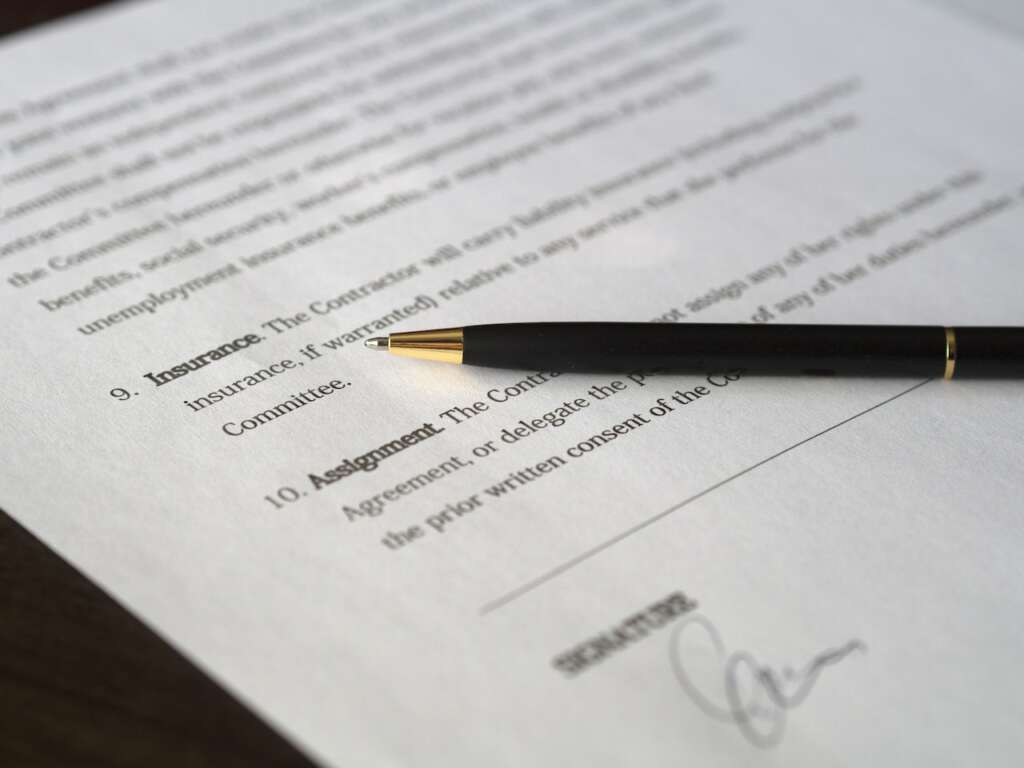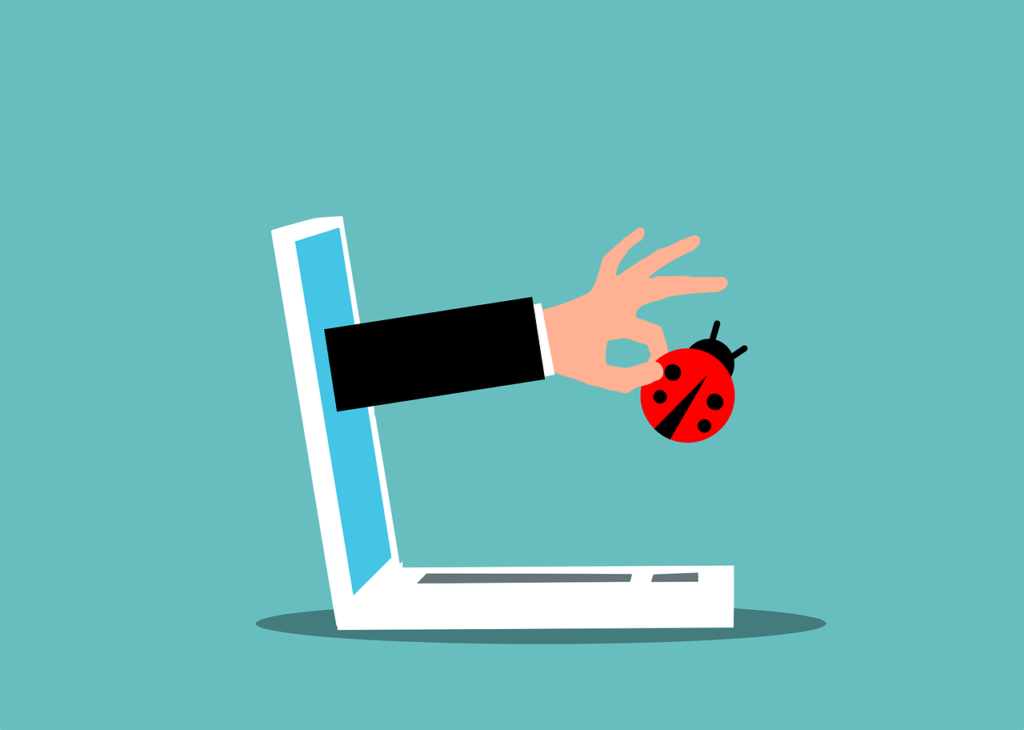
How To Optimize Your Work Laptop For Energy Conservation And Speed
Posts by Alan TaylorFebruary 2, 2023
Working on a laptop that takes forever to switch on or process a simple task can be extremely frustrating.
As a result of constantly using your laptop, the processing system can become slower over time, making it harder for you to get things done.
If you have had your laptop for a good number of years, you might have considered throwing it out and replacing it.
However, there are ways to optimize your laptop and save energy while improving the speed.
These steps are quick and easy to follow, and the best part is you can do it yourself without breaking the bank!
How To Speed Up Your Laptop
Save Important Information Before Speeding Up Your Laptop
The first step is to ensure that you backup all your information before you start the process of speeding up your laptop.
This helps save important information that you will need at a later stage. Copying valuable folders onto an external hard drive can save you from losing all your data.
Delete Unnecessary Folders On Your Drive
By using the clean-up function on your laptop. You can safely clean the disk space by removing old files from your laptop.
To find this clean-up function, use the windows button and type in the search for “clean up” this will show the results of “Disk Clean-up.”
Once that has been done, you can now type in “defrag,” and this result will pop up as “Defragment and Optimize Drives”

Streamline Your Startup Items
This is one of the key changes when you want to speed up your laptop. Open the settings and go to the start-up setting to see which apps are automatically set to start up when you switch on your laptop.
Turn off all the apps that you do not need running in the background except the security tools.
Curb The Search Settings On Your Windows
Switch from the enhanced search settings to the classic search setting to limit the number of files that your laptop runs in the background when searching.
Reset Your Windows
To restart your windows. You need to click on the “Update and Security” option when opening the Windows Menu.
Once the menu opens, choose the recovery option, then choose the “Get Started” button and choose “Reset PC.”
Once you click on the reset option, you can remove all your files or save some of them.
Windows will then reinstall itself, changing everything to its factory settings, and your PC/Laptop will be working as good as new.
Track The CPU Usage And Performance
This can be done by monitoring your Task Manager function. The Task Manager shows how much of your CPU is in use.
It also shows how many apps are open and at which percentage they are running while in use.
Optimizing Your Laptop’s Performance
By performing small maintenance tasks, you can optimise your laptop to work faster and save on the amount of energy used.
These steps help enhance the optimization of Windows Laptops. If you own a Mac laptop, you can optimize it by following these steps.
If your MAC doesn’t seem to function normally after trying all the steps in the link above, you can also check out the common issues that your mac might be experiencing. These issues can be easily fixed and won’t cost you money.
Uninstall Apps And Programs That You Do Not Use
Most of the apps installed on your laptop have been pre-installed when you first bought it.
These apps take up space and can run the risk of making your laptop function slower.
Deleting unused apps can help free up more disk space. You can do this by going to your control panel and uninstalling programs to remove the apps not used.
At times, after confirming that you want to remove the app, you might need to restart your laptop.
Clear Your Internet Cache
This is another task you can perform to help optimise your laptop. Accepting cache when browsing the web can lead to temporary files being stored on your laptop.
Not deleting your internet cache can lead to a data folder taking up space. This can easily be done by clearing your history or the cache when opening your browser settings.

Install An Anti-Virus Program
Running an anti-virus program in the background is another option for ensuring that your laptop does not get infected with viruses, which slows down the operating system.
This prevents any malicious software from corrupting your files or shutting down your operating system.
Check For Updates Regularly
Checking for updates on a regular basis helps keep the operating system functioning at its peak.
Run new updates as soon as they become available. This way, if your old version of the operating system has any bugs or errors.
The new update will resolve these issues and have your laptop working at its best.
You can easily check for updates by going to your Control Panel and selecting the “Check for Updates” option.
Check Your Laptop Power Plan
This option is found under the Control Panel in the Hardware and Sound settings. Then, choose the high-performance plan.
Track Your System Temperatures
To track your system temperatures.
You can use third-party software. It can be difficult to keep a laptop’s CPU cooler than when using a desktop PC.
Where you place your laptop while working also affects how hot the laptop will become over the time it is on.
Be sure to only use your laptop when it’s on a flat and hard surface so that it doesn’t overheat and the air vents are not covered when in use.
If you still have problems, place the laptop in an area that lifts it, so there is more exposure to the air vents by creating empty space beneath the laptop and allowing for airflow easily.
Conclusion
Having a slow-working laptop can affect not only your work but also how productive you are. The tips listed above can save you time and money when your laptop needs extra maintenance.
You can find many gadgets and software to help you optimize your laptop by checking out increditools.com.
